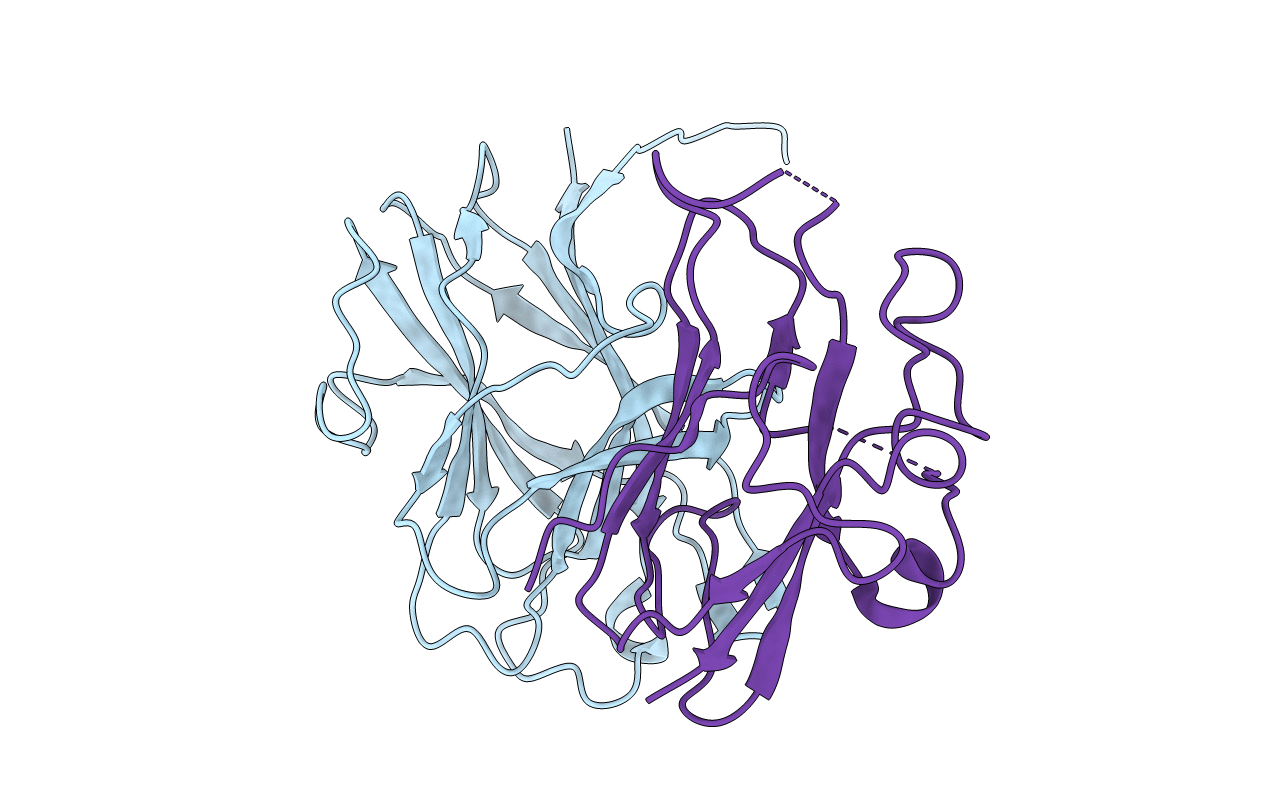
Deposition Date
2006-07-06
Release Date
2006-08-22
Last Version Date
2024-11-20
Entry Detail
PDB ID:
2HLE
Keywords:
Title:
Structural and biophysical characterization of the EPHB4-EPHRINB2 protein protein interaction and receptor specificity.
Biological Source:
Source Organism:
Homo sapiens (Taxon ID: 9606)
Host Organism:
Method Details:
Experimental Method:
Resolution:
2.05 Å
R-Value Free:
0.29
R-Value Work:
0.22
R-Value Observed:
0.22
Space Group:
P 41


